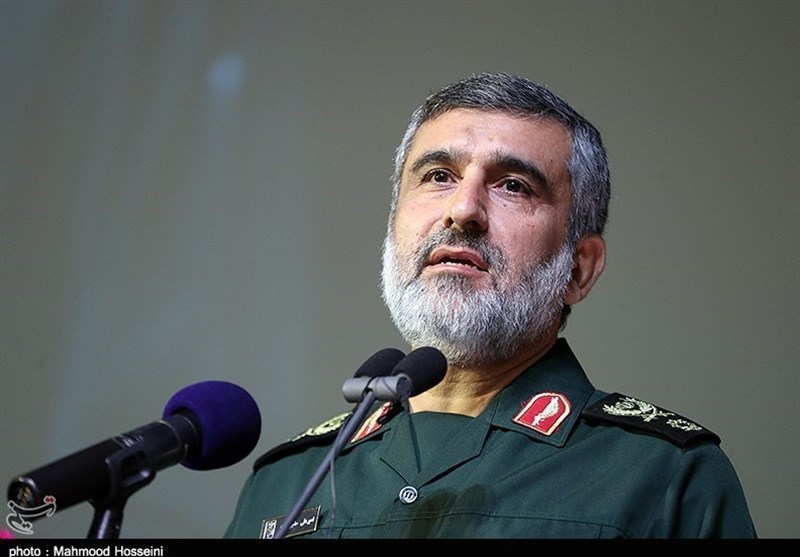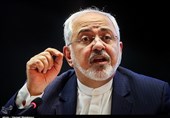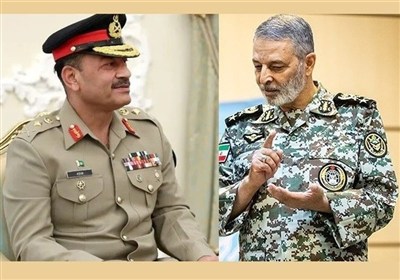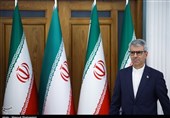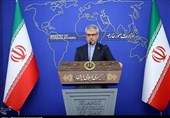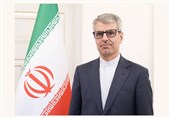Iran Major Missile Power in Region: IRGC Commander
TEHRAN (Tasnim) – Commander of the Islamic Revolution Guards Corps (IRGC) Aerospace Force Brigadier General Amir Ali Hajizadeh highlighted Iran’s progress in defense industries and said the Islamic Republic is the most powerful country in the region in the field of missiles.
“Today, forty years after the Islamic Revolution, we have seen tremendous progress in various areas, especially the unmanned aerial vehicles (UAVs),” Major General Hajizadeh told reporters in Tehran on Saturday.
The Islamic Republic of Iran is among the top five countries in the world that manufacture drones, the commander added.
The country has made great progress in the field of radar systems, which was recently proved by the downing of the American spy drone MQ-4C, he stated.
He added that in the field of missiles, Iran is the most powerful country in the region.
“Enemies should learn a lesson and change their tone with the Iranian nation,” the commander went on to say.
“We have been standing firm for the past forty years and if the enemy does a damn thing, it will definitely get a crushing response,” Major General Hajizadeh stressed.
The remarks came against the backdrop of increased tensions between Iran and the US after the Islamic Republic shot down an advanced US spy drone over its territorial waters and also recent attacks by Yemeni forces on Saudi oil facilities, with Washington and Riyadh claiming Iran was behind them.
The Islamic Revolution Guards Corps (IRGC) said on June 20 that a US spy drone that violated the Iranian territorial airspace in the early hours of the day was shot down by the IRGC Aerospace Force’s air defense unit near the Kooh-e-Mobarak region in the southern province of Hormozgan.
The intruding drone was reportedly shot by Iran’s homegrown air defense missile system “Khordad-3rd”.
Tensions between the US and Iran escalated further after Yemeni armed forces conducted a large-scale operation against Saudi Arabia’s Aramco oil installations on Saturday, in response to the Saudi-led war on their country.
The Yemeni Houthi Ansarullah movement immediately took credit for the attacks, but US Secretary of State Mike Pompeo swiftly accused Iran of being behind the assault, without providing any evidence. Tehran categorically rejected the allegations.
Meanwhile, Saudi Arabia claimed on Wednesday that the strikes on its oil infrastructure came from the “north” and were “unquestionably” sponsored by Iran, adding that the Houthis were not responsible for the assault despite claiming it.
Shortly after the Saudi announcement, the spokesman for Yemeni Armed Forces, however, reiterated it was behind the weekend attack, stressing that the Houthis have new drones, powered by “normal and jet engines” that can reach targets deep in Saudi Arabia.
“Our forces have reached a high level of efficiency and ability. They can manufacture various types of unmanned aerial vehicles in record time. The Second Deterrent Balance Operation, which targeted Saudi oil installations, is a perfect example of the capabilities of our forces in terms of planning and implementation,” Brigadier General Yahya Saree said during a press conference in the capital Sana’a.
